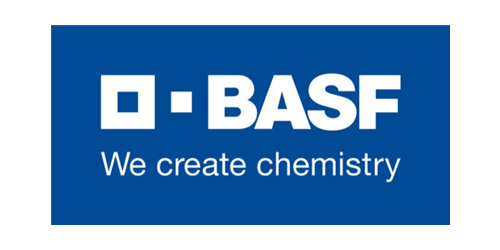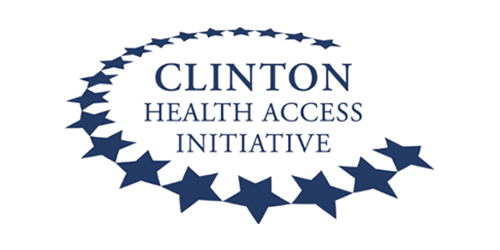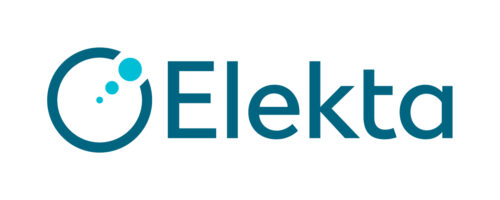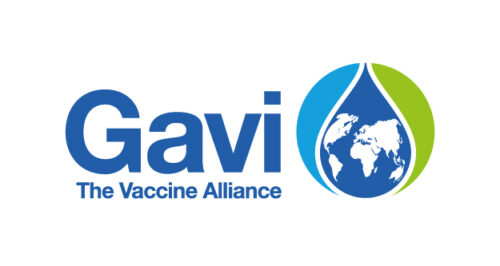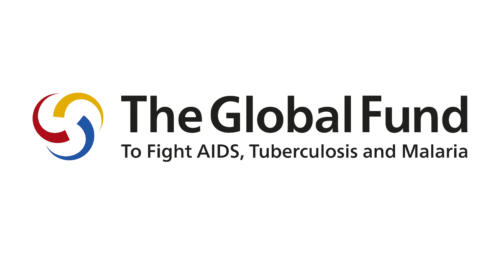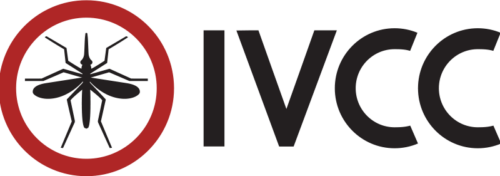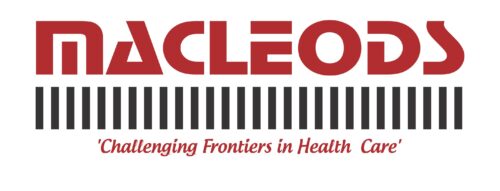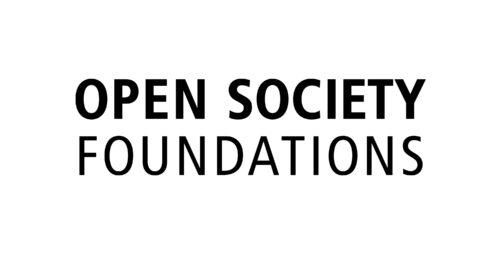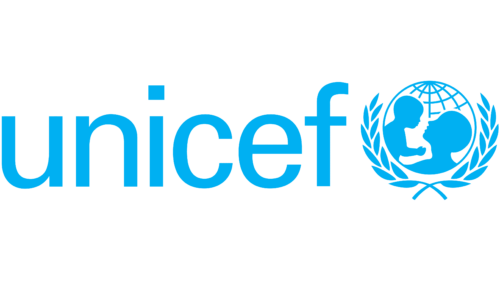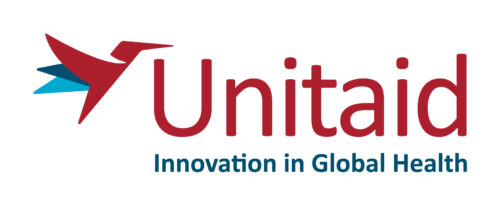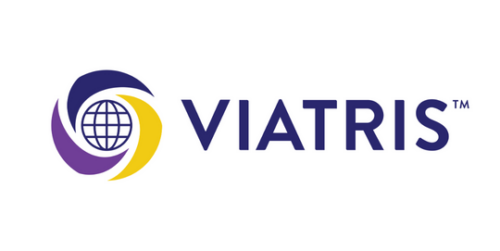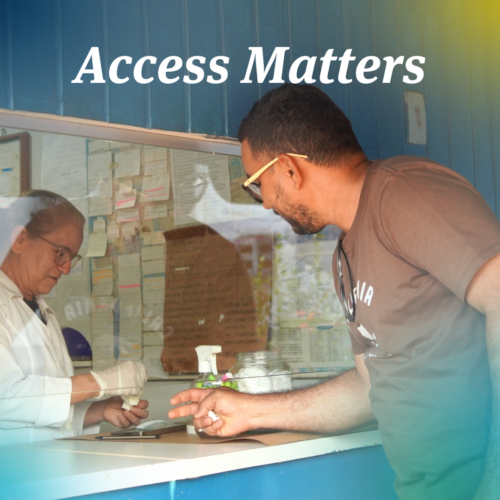Viral load testing
Hologic’s Panther® platform provides viral load testing for HIV and viral hepatitis, and diagnostic testing for HPV and COVID-19.
Our volume guarantee enabled Hologic to offer an all-inclusive ceiling price of $12 per patient test, helping increase access to viral load testing for millions of people.
Our
partners
The challenge
Public health
HIV causes AIDS, which is one of the leading causes of death by infectious disease. HIV transmission can be reduced if patients start taking combinations of medicines – called antiretroviral therapy (ART) – soon after acquiring HIV. Effective ART regimens can suppress HIV viral load, which can prevent death and onward transmission and allow patients to live longer, healthier lives.
UNAIDS has set a 2030 target for at least 95% of people on ART to be virally suppressed. However, many people living with HIV are not able to access the viral load testing needed to ensure effective treatment and achieve viral suppression. UNAIDS estimates that viral suppression among all people on treatment living with HIV was around 93% in 2023.
Market situation
Hologic’s Panther® platform can test for HIV and viral hepatitis viral load and provide diagnosis for COVID-19 and human papillomavirus (HPV), the leading cause of cervical cancer. The Panther® platform obtained World Health Organization (WHO) pre-qualification in December 2017.
The total size of the viral load market is around $190m a year. At the time, the two dominant suppliers in Africa offered HIV viral load testing at a wide range of prices. Procurement of products and services was fragmented, leading to untransparent pricing. As a result, access to regular viral load testing was often limited in sub-Saharan Africa. Countries that had purchased viral load testing equipment had many machines out of use due to inconsistent service and maintenance.
Impact
By the end of the agreement:
932,000
patients not virally suppressed identified
457,000
patients switched to 2nd line treatment
The product
Hologic’s Panther® platform provides fully automated molecular testing for HIV, viral hepatitis, human papillomavirus and COVID-19. Its sample-to-result automation can run 320 tests in 8 hours, providing health care professionals and patients with faster access to accurate viral load or diagnostic results to support treatment decisions.
The Panther® platform can test for a range of illnesses simultaneously. In countries with high rates of coinfections alongside HIV, it can reduce the time patients wait for test results and lead to improved care.
The partnership
MedAccess provided a volume guarantee to Hologic, agreeing to make up any shortfall in the agreed sales volumes.
Hologic agreed to register Panther® for use in 50 low- and middle-income countries, and set a multi-country, all-inclusive ceiling price of $12 per patient test (a 30% price reduction on all products and services required to generate an HIV viral load test result), including the cost of placing the instrument, consumables and reagents, staff training and instrument service and maintenance. This was the first time a company had offered an all-inclusive price for viral load testing.
The Clinton Health Access Initiative (CHAI) supported the formation of the partnership and is responsible for monitoring the implementation of the agreement.
Impact
By the end of the agreement:
12
countries switched to all-inclusive tender process
$45mn
direct savings for procurers
12
countries now have more than two suppliers of viral load testing
The impact
Our guarantee helped bring a new level of consistency and transparency, improved platform maintenance, and a new approach to procurement by funders. This has helped to stimulate price reductions up to 50% in some countries.
The introduction of the all-inclusive pricing framework has improved procurement practices in the wider market, allowing for improved price transparency for HIV viral load procurement.
Supply security has also improved with Hologic registering Panther® in 12 new countries where there were previously limited competitors.
The partnership has resulted in 932,000 patients benefitting from improved clinical outcomes to date and $45 million savings by purchasers.
How we calculated the impact of this agreement
Lives changed
Impact was based on estimates of the total reach of guaranteed tests and the depth of impact on patients by those tests. The depth factor was derived from the proportion of people receiving a viral load test that will switch to second-line antiretroviral therapy and the HIV-related mortality and disability burdens in Africa.
Money saved
Impact was estimated based on actual price reductions achieved throughout the course of the volume guarantee.
Markets shaped
We work with partners, including donors, procurers and ministries of health, to track changes in health markets where our investments are supporting access to products. We monitor for changes to policy, procurement practices and supplier movement, all of which affect markets and contribute to the long-term sustainability of our investments. To quantify change against a baseline, we used publicly available indicators as proxies for market-wide change.
Sustainable Development Goals (SDGs)
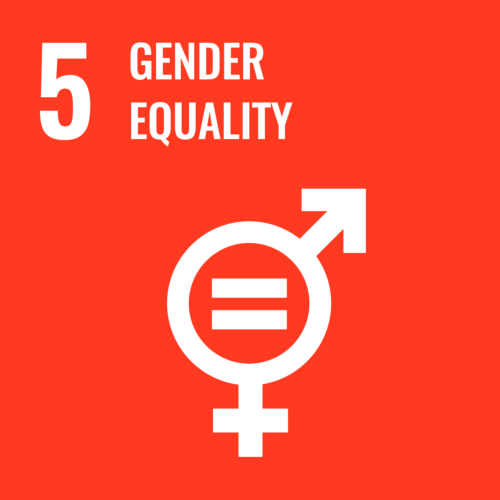
SDG 17
SDG 3
3.3
By 2030, end the epidemics of AIDS, tuberculosis, malaria and neglected tropical diseases and combat hepatitis, water-borne diseases and other communicable diseases
3.4
By 2030, reduce by one third premature mortality from non-communicable diseases through prevention and treatment and promote mental health and well-being
3.7
By 2030, ensure universal access to sexual and reproductive health-care services, including for family planning, information and education, and the integration of reproductive health into national strategies and programmes
3.8
Achieve universal health coverage, including financial risk protection, access to quality essential health-care services and access to safe, effective, quality and affordable essential medicines and vaccines for all
3.b
Support the research and development of vaccines and medicines for the communicable and non-communicable diseases that primarily affect developing countries, provide access to affordable essential medicines and vaccines, in accordance with the Doha Declaration on the TRIPS Agreement and Public Health, which affirms the right of developing countries to use to the full the provisions in the Agreement on Trade-Related Aspects of Intellectual Property Rights regarding flexibilities to protect public health, and, in particular, provide access to medicines for all
SDG 5
5.6
Ensure universal access to sexual and reproductive health and reproductive rights as agreed in accordance with the Programme of Action of the International Conference on Population and Development and the Beijing Platform for Action and the outcome documents of their review conferences
SDG 10
10a
Implement the principle of special and differential treatment for developing countries, in particular least developed countries, in accordance with World Trade Organization agreements
SDG 17
17.6
Enhance North-South, South-South and triangular regional and international cooperation on and access to science, technology and innovation and enhance knowledge sharing on mutually agreed terms, including through improved coordination among existing mechanisms, in particular at the United Nations level, and through a global technology facilitation mechanism
17.7
Promote the development, transfer, dissemination and diffusion of environmentally sound technologies to developing countries on favourable terms, including on concessional and preferential terms, as mutually agreed
17.10
Promote a universal, rules-based, open, non-discriminatory and equitable multilateral trading system under the World Trade Organization, including through the conclusion of negotiations under its Doha Development Agenda
17.17
Encourage and promote effective public, public-private and civil society partnerships, building on the experience and resourcing strategies of partnerships
Discover more about this partnership
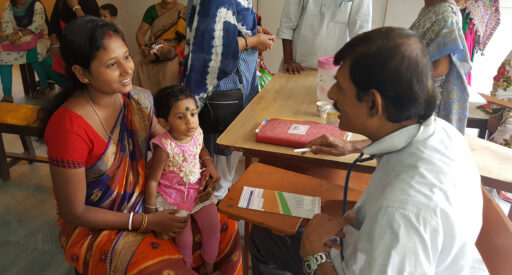
1 December 2021
HIV viral load testing: “If we could test more often, we would”
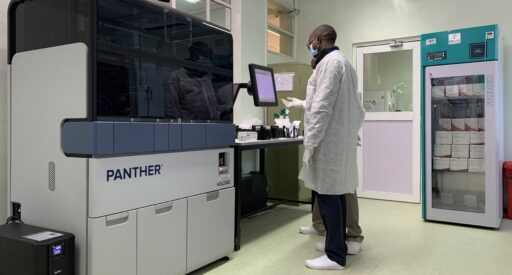
30 November 2020
Viral load testing: the key to tackling the HIV epidemic
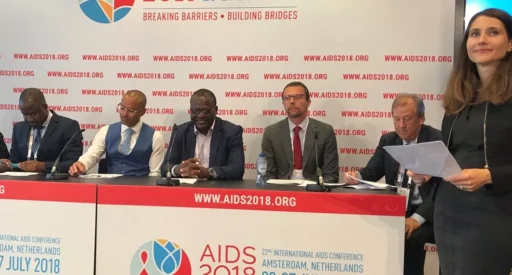
25 July 2018
MedAccess support for viral load testing announced
Key contacts
If you would like more information about this agreement, please reach out to our key contacts.






